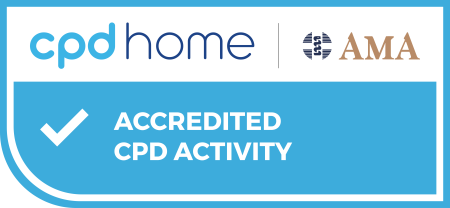Finding accredited CPD
The "Periorbital Defects" course equips healthcare professionals with the advanced skills necessary to manage challenging surgical cases in the sensitive periorbital region. Presented by Dr. Victor Harling, this program combines theoretical knowledge with practical insights into procedures for the eyelids, ensuring a comprehensive learning experience.
Unit 1: Anatomy and Principles of Periorbital Surgery
This foundational unit covers the unique anatomy of the periorbital region, emphasising the absence of a fat layer beneath the dermis. Participants will learn key principles of surgery, including the importance of preserving eyelid margins, managing skin laxity, and ensuring precise alignment to prevent complications such as ectropion. Techniques for assessing eyelid conditions, pre-surgical planning, and patient preparation are introduced.
Unit 2: Ellipses, Flaps, and Closure Techniques
This unit delves into specific surgical techniques for repairing periorbital defects, including ellipses, Z-plasties, and flaps. Participants will learn to choose and execute procedures based on defect size, location, and skin laxity. Best practices for minimising tension, achieving cosmetic symmetry, and addressing complex lesions are explored through real-world examples.
Unit 3: Graft Techniques and Applications
Focusing on grafting, this unit examines the use of full-thickness and split-thickness skin grafts for the eyelids. Participants will understand donor site selection, graft preparation, and dressing techniques to ensure optimal healing and prevent contractures. Case studies highlight challenges in matching grafts to recipient sites for both functional and aesthetic success.
Unit 4: Advanced Case Studies
Through detailed case discussions, this unit brings all concepts together in a clinical context. Participants will analyse patient histories, evaluate defect types, and plan comprehensive surgical approaches. Examples include managing large lesions, addressing scar contractures, and achieving symmetry in complex reconstructions.
Assessment and Practical Tools:
The course includes interactive case discussions and two online assessments, covering both knowledge-based and scenario-based questions. Practical tools such as clinical recordings and downloadable resources allow participants to refine their techniques and reference key concepts post-training
This course provides the expertise needed to manage periorbital defects with confidence, blending advanced surgical techniques with patient-centred care to achieve superior outcomes.
Cost: $195
Suitable for: All degree qualified medical practitioners.
Study mode: 100% online
Disclaimer: Please note, once you click 'Register now' you will be leaving the AMA’s CPD Home website and entering a third-party education provider’s website. If you choose to register for this learning, you will need to provide some of your personal information directly to the third-party education provider. If you have any queries about how third-party education providers use, disclose or store your personal information you should consult their privacy policy.
Upon completion, your CPD activity record may take up to 4 weeks to be reflected on your CPD Home Dashboard.
You have to log in to see the content of this module.
Provided by
Accredited by
